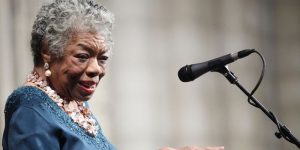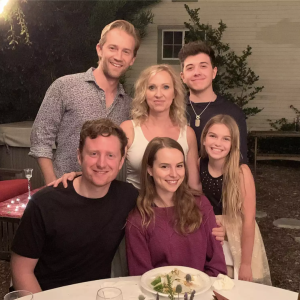Girls state nominees face discrimination
March 23, 2016
Susan B. Anthony, Elizabeth Cady Stanton, Alice Paul. These women, along with hundreds of thousands of others, fought relentlessly for women’s rights and equal representation in modern society. While their hard work will never be dismissed, I can’t help but think of the inequality that still exists today, even in the most respected institutions.
Hillary Clinton, Sonia Sotomayor, Nancy Pelosi. These powerful politicians have surpassed the patriarchal nature of Washington D.C. and have paved the path to success for future women wanting to explore politics. A lingering question remains: How accessible is this path?
Boys State and Girls State evidently fails to provide an equal and fair opportunity for nominated girls to explore their inherent talents. For those who are unaware, Boys and Girls State are summer leadership programs sponsored by The American Legion and the American Legion Auxiliary for high school juniors. Both programs practice the same concepts—leadership, governance, and networking. Additionally, the nomination gives the recipients a leg up in the college admissions process—an advantage that boys and girls both seek. Why is it that out of the five boys that get nominated, three are selected to attend, while out of the five girls nominated, only one is selected?
Upon investigation, I discovered that there’s a discrepancy in the total amount of people who attend per institution: boys, 1,000; girls, 250. Another component to keep in mind is that the American Legion is not a private establishment—it’s a union. Therefore, what they decide to do with their funds is their choice, not the government’s. Now, it makes sense to say that it’s a matter of funding, that the boys simply have more funds. But that’s not necessarily the case. Boys and Girls State is a joint program. They are both run by the American Legion, are led by the same directors. They are even advertised on the same brochure. As a result, they have access to the total amount of funds but decide where those monies should be allocated. Sadly, they consciously choose to allocate more to the boys. They choose to give the boys access to better facilities, better connections and better opportunities, while they girls are left in the dust.
Heck, nominees for both genders go through an identical process. Our guidance counselors provide teachers with a list of boys and girls in the top third of the class. From there, teachers select five nominees from each gender while keeping key characteristics in mind. Strong potential for leadership, ability to get along with others, interest in government and community activities and qualities of courage and honesty are necessary for a potential nomination. Sadly, the American Legion Association fails to understand that these qualities exist in humans despite their gender.
One to three. Three to one. No matter how you put it, an unequal, unjust representation persists. To me, there is little to no explanation for the discrepancy between the two programs. If they do similar activities, have a roughly equal number of attendees and both participate in government, they should have the same amount of nominees, right? Unfortunately, this inequality is a reminder of the gender barrier that remains in society, especially in government occupations.
Therefore, I think it’s only fair to say that the American Legion needs to get with the times; women, especially those who demonstrate the characteristics of preferred nominees, deserve the same representation. We have worked so hard to promote the advancement of women in society. From protests to sit-ins to speaking in front of Congress, women have fought relentlessly for their rights yet are still underrepresented in today’s society. Don’t you think it’s about time for change?





